A estabilização eco-seletiva a serviço de uma enologia de excelência que respeita o vinho e o meio ambiente
A tecnologia STARS encontra seu lugar em um cenário suntuoso: a nova adega do empreendedor visionário Pere Ventura.
Em Penédès, na Catalunha, onde o Cava rivaliza com seu irmão mais velho nórdico : o Champagne.

Um catalão self-made
A história familiar de Pere Ventura, hoje com 60 anos, está intimamente ligada à viticultura e ao desenvolvimento econômico da região de Penédes. Já no final do século XIX, o bisavô de Pere Ventura trabalhava para o famoso produtor de vinho catalão Codorniù, que viajou para aprender em Champagne os segredos do método tradicional de fazer vinhos espumantes. E assim nasceu o Cava, versão catalã do champanhe. O avô de Pere Ventura formou-se no grupo Moët & Chandon e em seguida fundou a Torre Blanca, a propriedade da família na Catalunha. Torre Blanca é passada ao pai de Pere Ventura, depois a Pere Ventura e seus 3 irmãos. No entanto, depois de ter renunciado ao patrimônio familiar que Pere Ventura deu início à criação, “ex nihilo”, foi sozinho criar seu próprio projeto vitivinícola, movido pela sua forte visão pessoal e ambição internacional. Nós estamos em 1992. 29 anos depois, Pere Ventura Wine Estate é um grupo de 3 propriedades catalãs, empregando mais de 100 pessoas em 200 hectares de vinhas, com um faturamento de mais de 20 milhões de euros e de crescente reconhecimento e fama internacional. 4 milhões de euros são investidos para fazer de sua adega San Sadurni uma joia de inovação e tecnologia. Mais de 90% da produção é exportada; as medalhas estão aí. Através do sucesso dos vinhos de Pere Ventura, é também o Cava em geral que encontra as suas cartas de nobreza em pé de igualdade com o champanhe e a sua fama dificilmente igualável.
Exigir excelência e respeitar o meio ambiente
Esse sucesso não é fruto do acaso. Pelo contrário, conta com uma forte ética de trabalho e bases sólidas. O respeito pela terra é fundamental: as vinhas são cultivadas de acordo com os princípios da agricultura biológica. A intervenção humana é limitada ao estritamente necessário. Uma cobertura vegetal – que regula naturalmente o vigor das vinhas e captura CO2 – é mantida se necessário. A sustentabilidade e o respeito pelo meio ambiente continuam a ser prioridades em cada etapa da vinificação. A novíssima adega e os equipamentos que ali se encontram foram pensados, ao mais ínfimo pormenor, nesse sentido. O projeto é desenhado de forma a minimizar o consumo de água e energia, a pegada de carbono é monitorada por exemplo; a adega é quase toda subterrânea, de modo que sua temperatura é naturalmente adequada para armazenar o precioso néctar; a paisagem natural também é preservada. A abordagem enológica é inteligente e fundamentada: as melhores tecnologias foram obtidas com cuidado, muitas vezes inspiradas no exemplo de Champagne. Os insumos de vinho são limitadas tanto quanto possível. Nesse sentido, os vinhos de Pere Ventura são fruto de um delicado equilíbrio: por um lado, deixem expressar a identidade do terroir; de outro, trabalho humano paciente e atencioso, para obter o seu melhor.

Colocando a modernidade a serviço da tradição
O projeto Pere Ventura mostra que o uso inteligente da tecnologia permite que as produções tradicionais vivam e evoluam respeitando o meio ambiente e o consumidor. É portanto natural que a estabilização tartárica STARS desenhada pela Oenodia tenha encontrado o seu lugar no processo de vinificação. O qual imprime no mundo industrial o princípio de gerenciamento de fluxo ideal, com dimensionamento muito cuidadoso do equipamento. Este é um princípio em que se encontra a automação completa da estabilização tartárica possibilitada pela STARS, e foi um elemento chave na decisão de investimento. O baixo consumo de energia da estabilização eco-seletiva em relação à alternativa do frio também foi estratégico. É claro que a estabilização eco-seletiva permite também e sobretudo que a adega atinja seus objetivos enológicos: a confiabilidade da tecnologia permite evitar a perda de vinho, de espuma no dégorgement e garantir a estabilidade tartárica para exportação, mesmo que a longas distâncias. A ligeira queda do pH que acompanha a estabilização do STARS é bem-vinda e ajuda a mitigar os efeitos das alterações climáticas nos vinhos desta região meridional. Esta nova unidade STARS na Catalunha confirma o potencial da tecnologia entre os produtores de Cava e vinhos espumantes em geral.

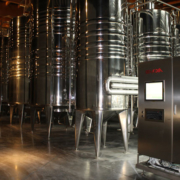
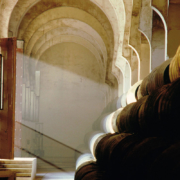
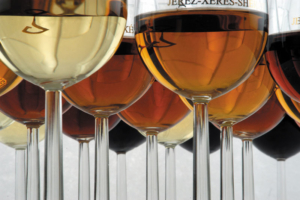 Unique winemaking techniques
Unique winemaking techniques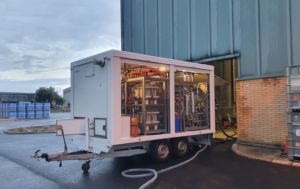 STARS®: a viable solution for the whole range of Jerez wines
STARS®: a viable solution for the whole range of Jerez wines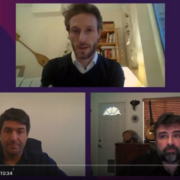
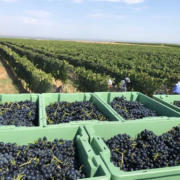
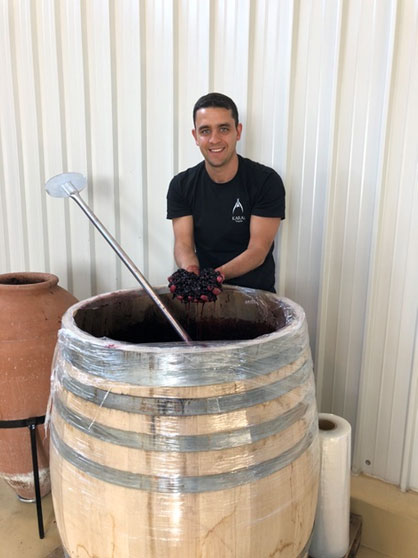 Where does the vine come from? Where did Noah plant the first one? Where was Vitis vinifera first found in its primitive form? Minor Asia, Georgia, Armenia? Fascinating questions!
Where does the vine come from? Where did Noah plant the first one? Where was Vitis vinifera first found in its primitive form? Minor Asia, Georgia, Armenia? Fascinating questions!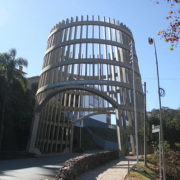

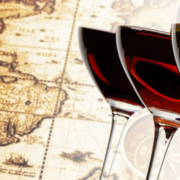
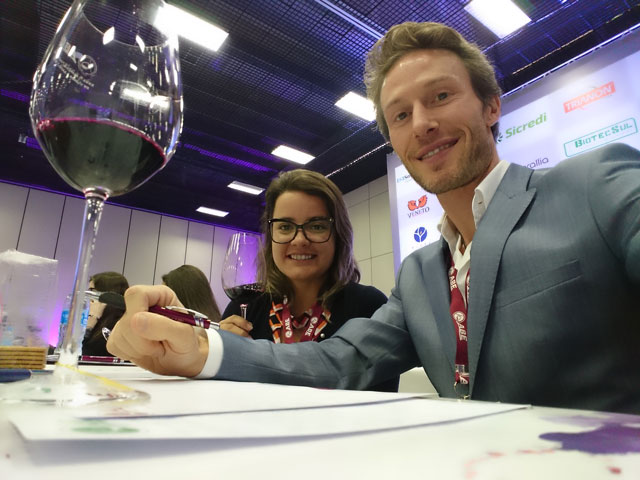
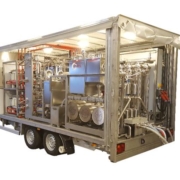
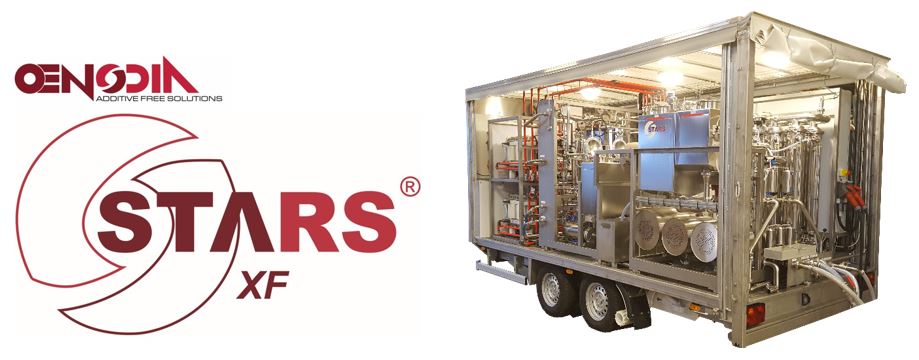

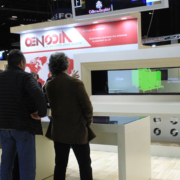
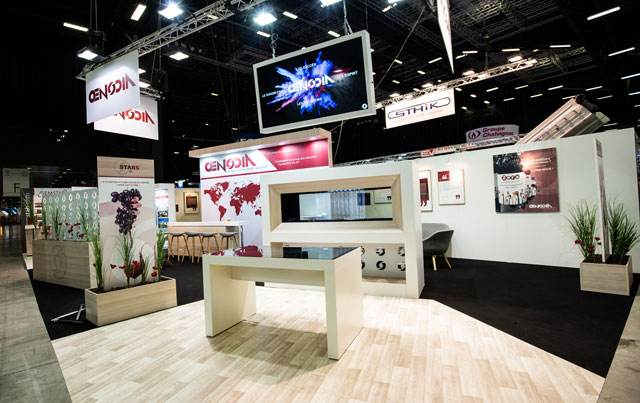
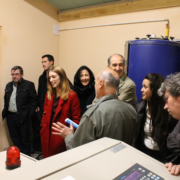
 La convención ibérica se enfocó en las oportunidades de la tecnología STARS® para la estabilización tartárica en España.
La convención ibérica se enfocó en las oportunidades de la tecnología STARS® para la estabilización tartárica en España.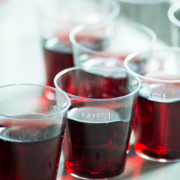
 Our Stars® technology can stabilize grape juice as well as wine. Let’s zoom in on how one of our US customers gets his juice flowing from the berry to the bottle.
Our Stars® technology can stabilize grape juice as well as wine. Let’s zoom in on how one of our US customers gets his juice flowing from the berry to the bottle.